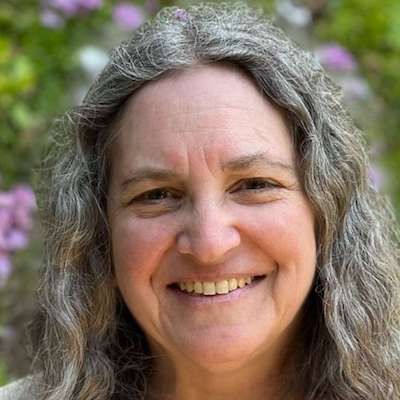Article
Patients with Inflammatory Arthritis Wait Too Long for Treatment
Author(s):
More than 50 percent of early inflammatory arthritis patients wait too long for physician referrals and specialist appointments, according to the latest figures released from the British Society for Rheumatology’s National Early Inflammatory Arthritis Audit.
(©Designer491, AdobeStock_139976695)

More than 50 percent of early inflammatory arthritis patients wait too long for physician referrals and specialist appointments, according to the latest figures released from the British Society for Rheumatology’s National Early Inflammatory Arthritis Audit (NEIAA).
According to the society, the audit, published this month, is the largest and most comprehensive study into the early inflammatory arthritis, and aims to improve patient care and treatment.
The NEIAA recorded data from 20,668 patients with a 98 percent participation rate for trust and health boards in England and Wales. Performance was measured against the National Institute for Health and Care Excellence’s (NICE) quality statements, which include time taken for referral from a general practitioner, to see a specialist and to receive appropriate treatment.
The report revealed that 41% of patients met the three-day standard for referral from their general practitioner, while 38% referred to a rheumatology unit were seen within the three-week guidelines. The average wait for the first appointment was 28 days. Additionally, considerable variation in performance was found across England and Wales, with a third of trusts and health boards (51 out of 146) performing less well than the rest in the time they take to see a patient after referral.
“Since the start of the last phase of this audit in 2014, there have been significant reductions in treatment delay, but disease-modifying anti-rheumatic drug treatment is still only initiated within six weeks of referral in 54% of patients,” the NEIAA reported.
Of the patients, 92 percent were given access to a rheumatology specialist advice line as a means of support, 37 percent were in remission within three months of being seen by a rheumatology team, and 93 percent received education about their condition, but data collected directly from patients suggested only 81 percent received such education.
“By three months of care there is evidence of clinically meaningful improvement, both in clinician- and patient-reported measures for some patients,” the NEIAA wrote.
However, “patients with axial spondyloarthritis tended to have substantially greater symptom duration prior to assessment, and low levels of referrals from gastroenterology, ophthalmology and dermatology suggest a failure to consider and investigate inflammatory spine disease,” the report found.
NEIAA also found that while patients with inflammatory arthritis have a significant burden of disease, both in terms of physical and mental health, access to psychology services is limited.
Recommendations from the audit include the following: ensure that early arthritis pathways are in place and easily accessible to provide guidance for referrers; ensure that systems and processes are in place to support rapid initiation of conventional disease-modifying anti-rheumatic drugs; evaluate workforce needs and expand where required, ensuring access to the full multidisciplinary team; ensure that rheumatology patients have access to mental health services; ensure that emergency access (within 24 hours) to advice is available for people with rheumatoid arthritis.
Jo Ledingham, F.R.C.P., the audit’s Clinical Director, said: “The data supports the requirement for more resource and focus on rheumatology services within trusts and health boards.
“This audit clearly shows the positive impact rheumatology services have on people’s lives. Within three months of specialist care, the majority of patients had meaningful improvements in measures of their disease activity, and patients reported improvements in all outcome measures, including reduced impact on ability to work and less depression and anxiety.
“Achievement of timely treatment associates with achieving a good response in clinician measured disease activity,” she said.
REFERENCE

























